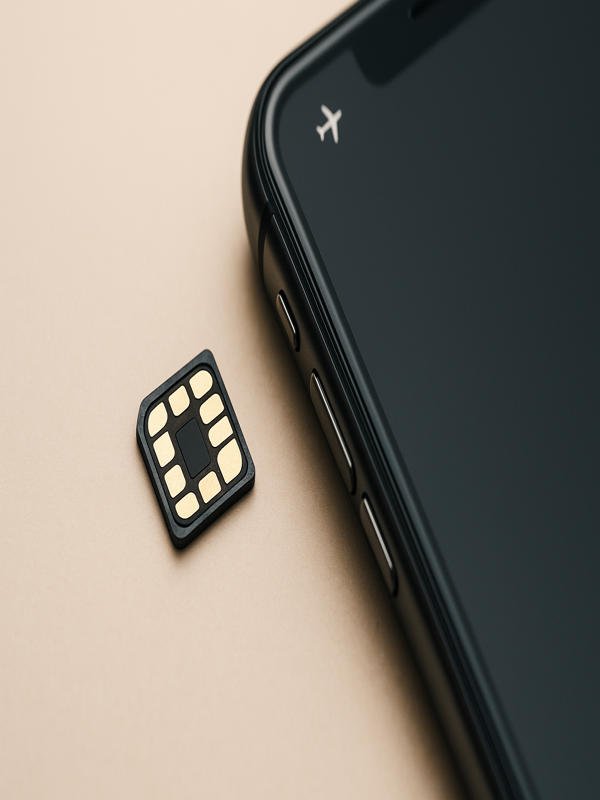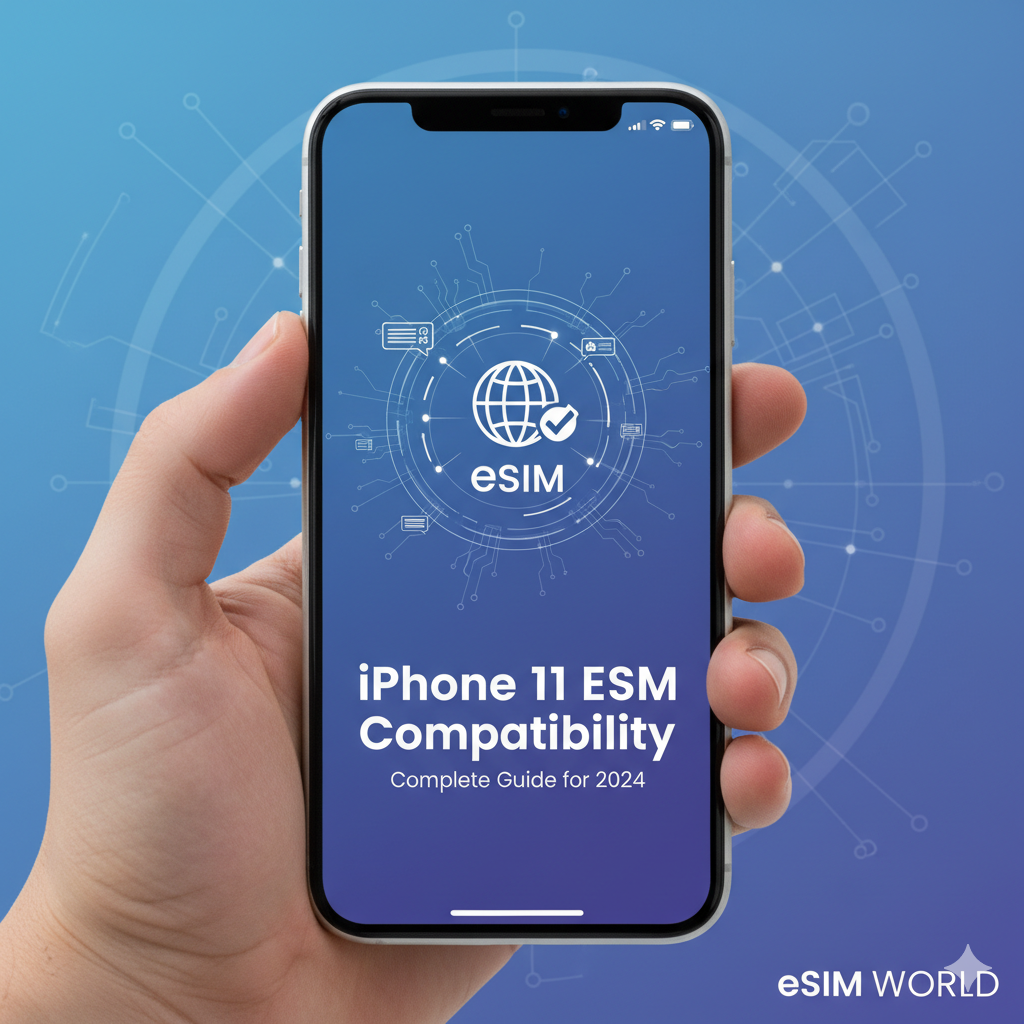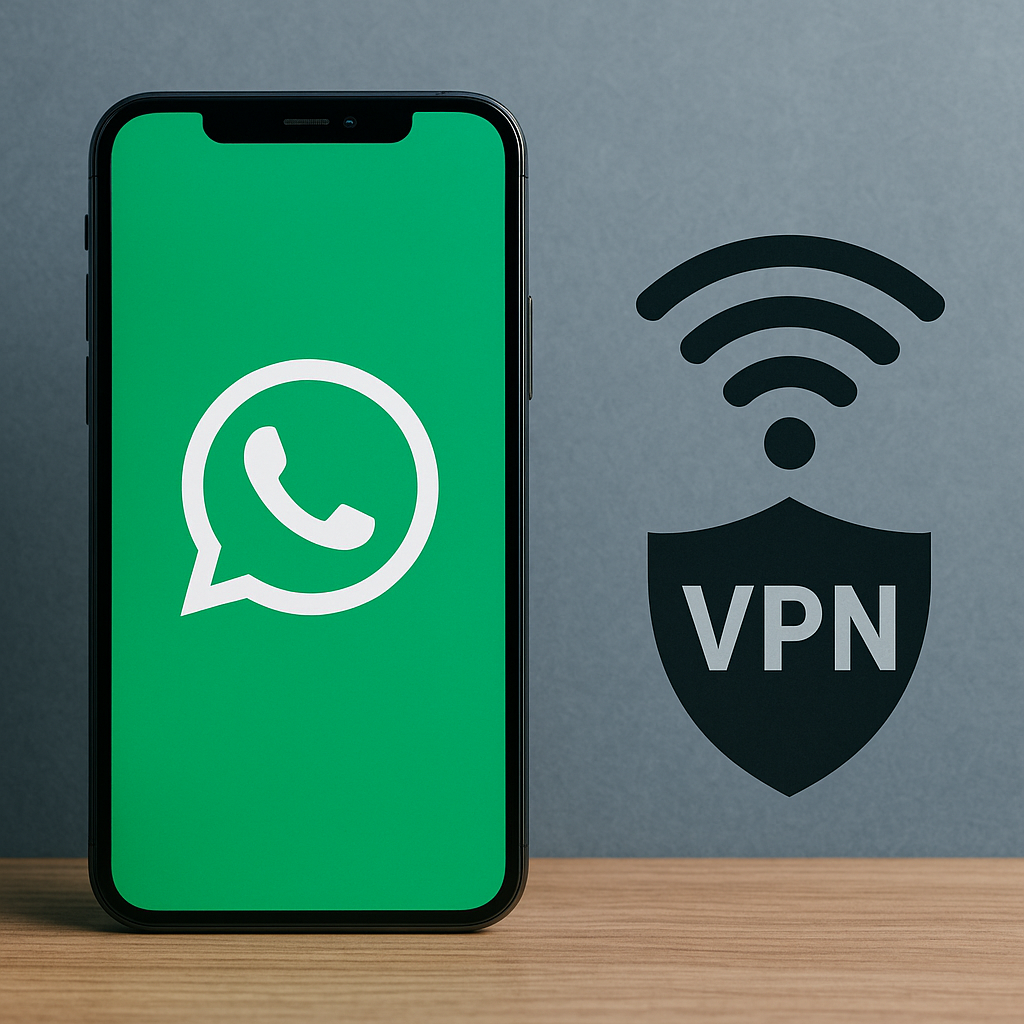1. What is eSIM and How It Works
An eSIM (embedded SIM) is a tiny chip, permanently built into your device's motherboard, storing mobile network profiles digitally. It supports Remote SIM Provisioning (RSP), letting users activate mobile plans over the air — no plastic SIM required.
Popular eSIM Activation Methods in 2024
Popular eSIM Activation Methods in 2024
- •Carrier Activation: Plan preloaded by carrier at purchase.
- •Quick Transfer: Move service from an old device to a new one instantly.
- •QR Code: Scan code to download and install profile.
- •Carrier App: Activate directly in the operator's mobile app.
- •Link Activation: Tap a carrier-sent link to start setup.
eSIM vs Physical SIM — Key Differences
| Feature | eSIM | Physical SIM |
|---|---|---|
| Network Switching | Minutes, fully digital | Manual card swap |
| Security | Embedded — harder to remove if stolen | Easy to remove |
| Device Design | No tray, saves internal space | Requires SIM slot |
| Environmental Impact | No plastic waste | Billions of cards yearly |
| Device Switching | May need carrier support if device fails | Instant physical swap |
2. Global eSIM Market in 2024
2024 global market size is estimated between $9.45B and $11.93B. Forecasts vary due to different scope definitions, but the trend is clear — rapid growth through 2033, led by connectivity services making up ~87.5% of market value.
Table 1: Global eSIM Market Forecasts, 2024–2033 (A Comparative View)
| Research Firm | 2024 Market Value (USD B) | Forecast Period | Projected CAGR (%) | Forecasted Market Value (USD B) |
|---|---|---|---|---|
| IMARC Group | $11.93 | 2025–2033 | 15.81% | $45.39 (by 2033) |
| Grand View Research | $10.32 | 2025–2033 | 5.1% | $17.67 (by 2033) |
| Straits Research | $10.18 | 2025–2033 | 10.5% | $25.01 (by 2033) |
| Polaris Market Research | $9.45 | 2024–2032 | 7.4% | $16.69 (by 2022) |
| Fortune Business Insights | $1.46 | 2024–2032 | 20.0% | $6.29 (by 2032) |
According to the Trusted Connectivity Alliance, 503M eSIM units shipped in 2024, up 35% YoY. eSIM profile downloads grew 56% — showing adoption is rising faster than hardware shipments.
3. Main Growth Drivers
- ✓Apple's eSIM-only models in the US accelerated adoption dramatically.
- ✓Centralised control for millions of devices globally.
- ✓35% cheaper than traditional roaming ($5.50/GB vs $8.57/GB).
- ✓Cuts plastic and distribution emissions.
- ✓eSIM is key to managing advanced 5G features like network slicing.
4. Adoption Challenges
- ✗Only 20–35% of consumers in some regions know what eSIM is.
- ✗Many budget and older models lack eSIM hardware.
- ✗Smaller MVNOs often lack support.
- ✗Moving eSIM from a dead device often needs carrier help.
5. Regional Adoption Overview
eSIM adoption varies widely across regions, shaped by OEM strategy, network readiness, regulation, and consumer awareness.
Table 2: Regional eSIM Market Analysis (2024)
| Region | 2024 Share | Drivers | Barriers | Notable Dynamics |
|---|---|---|---|---|
| North America | ~40–43% | Apple mandate, 5G penetration | Minimal | Fastest market normalisation |
| Asia-Pacific | Fastest growth | IoT demand, government policy | China's regulatory controls | China has a dual-standard ecosystem |
| Europe | Strong | MNO innovation, sustainability | Carrier fragmentation | Operators launching travel eSIM platforms |
| Emerging Markets | Developing | Digitalisation, infra growth | Device affordability | Growth in UAE, Brazil, South Africa |
6. Application Segments
- •51.7% of new models in 2024 support eSIM; forecast to reach 98% in NA by 2030.
- •99% of smartwatches to ship with eSIM by 2025.
- •45% of M2M share — enables OTA updates, in-car Wi-Fi, telematics.
- •50% of market in 2024; fastest CAGR (28.2%) with GSMA SGP.32 unlocking further growth.
7. Future Outlook — iSIM
Next evolution: iSIM (integrated SIM) — 98% smaller, ~50% cheaper, 70% less power use. Integrated directly into the main processor, improving security and freeing space for battery or components. Expected to grow in IoT and wearables first, then smartphones.
Strategic Actions for Stakeholders
- →MNOs: Create competitive travel eSIM products, invest in IoT orchestration.
- →OEMs: Lead iSIM integration, perfect frictionless eSIM onboarding.
- →Enterprises: Choose SGP.32-compatible hardware for IoT deployments.
- →Investors: Focus on enabling tech providers — the "picks and shovels" of digital connectivity.




